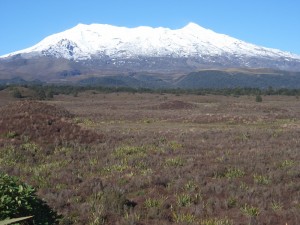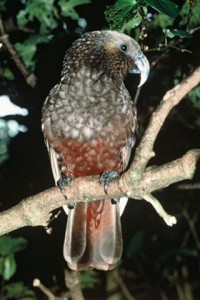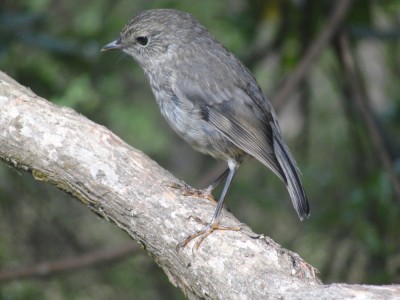High mountain lands in the Waikato Region are found in the Tongaririo National Park and the Kaimanawa Ranges. The area is dominated by beech forest and occasionally mountain cedar will be seen above the beech canopy.
The lower slopes of the mountains are covered in alpine shrub, tussock, herbs, flax, and plants such as mosses, ferns, spider orchids and fungi.
These plants have special adaptations to survive below freezing temperatures and snow cover. For example, the New Zealand edelweiss is woolly which provides insulation from the cold temperatures experienced in winter.
The shrubby olearia is found on many of the stream banks and is adapted to with stand frost conditions. The ground cover vegetable sheep (Raoulia) forms a dense mat of tightly packed leaves close to the ground to escape wind and retain the suns heat.

Wetland bog areas occur around the lower slopes of the mountains. These bogs have developed where ash has accumulated and formed into an impermeable substance creating pools. Plants such as sundew which is insectivorous grow in these bogs.
A number of threatened plant species are found in the Tongariro National Park, including woodrose (Dactylanthus taylorii) and two wetland orchids. Mistletoe can occasionally be found in the beech canopy although it is becoming increasingly rare as it is a favourite food of possums.
The high mountain lands of Tongariro National Park are the home of threatened animal species such as the North Island brown kiwi, kaka, falcon, North Island robin, blue duck, parakeet, kereru and both long and short-tailed bats. Common skinks are also present plus two gecko species -the forest gecko and the common gecko. They are adapted for spending winter sheltering in rocky holes and the common gecko hibernates.



